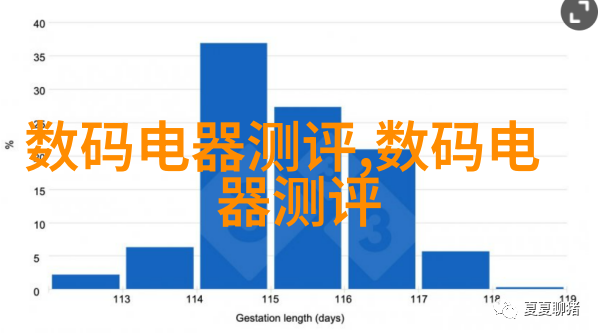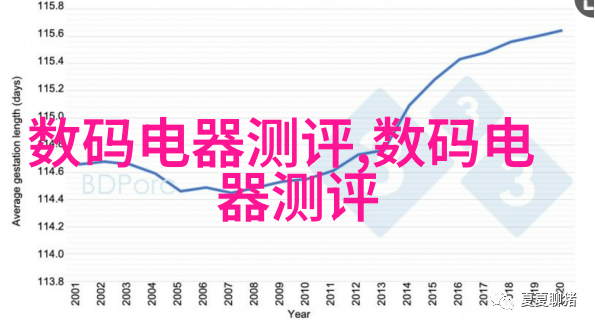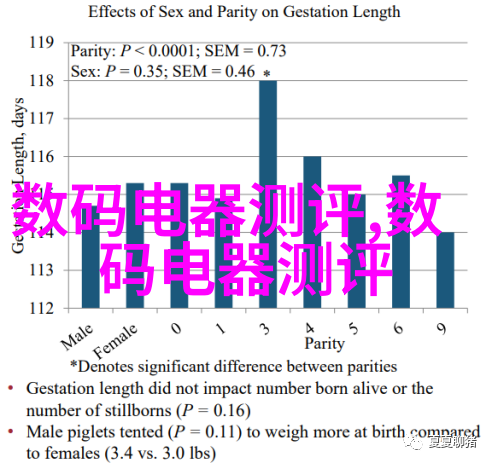金融市场中的SLF利率理解其影响与未来走向
什么是SLF利率?

SLF利率,全称为Swap Line Facility的利率,主要指的是中央银行之间通过Swap Lines提供的资金支持。这种形式的资金援助通常在全球金融危机期间或其他紧急情况下被使用,以确保流动性充足并维护金融稳定。在正常时期,这种设施可能会被视为一种对流动性的保险。
SLF利率与国际经济政策

在国际层面上,SLF利率直接涉及到各国中央银行间的合作和协调。例如,在2019年末,美国联邦储备系统(Fed)宣布将提供额外1000亿美元的信用支持给欧洲央行。这一举措显示了不同国家为了应对共同挑战而采取行动的一致性,同时也反映了这些国家对于彼此经济状况的关注。
影响国内经济政策

domestic economy, the impact of SLF interest rates can be felt in various ways. For instance, when a country's central bank receives support from another through Swap Lines, it may use this additional liquidity to purchase government securities or provide loans to commercial banks within its jurisdiction.
对企业和投资者的影响

Businesses and investors are also affected by changes in SLF interest rates as they influence borrowing costs and investment opportunities. When central banks reduce the cost of borrowing by lowering their target interest rate or providing additional funds via Swap Lines, businesses may find it easier to access credit at more favorable terms.
风险管理和货币政策工具

The provision of swap lines is considered an important tool for risk management and monetary policy implementation during times of financial stress or economic downturns. By offering financing on favorable terms, central banks can help stabilize markets and prevent liquidity shortages that could lead to systemic risks.
未来展望:挑战与机遇
Looking ahead, the future development of SLF interest rates will depend on several factors such as global economic conditions, geopolitical tensions and international cooperation among central banks. While there are challenges associated with maintaining these facilities over time – including concerns about moral hazard – they also offer valuable tools for policymakers seeking to mitigate potential threats to financial stability.
总结来说,SLF利率不仅是金融市场中一个关键概念,而且它在塑造全球宏观经济策略、支持国内经济活动以及影响企业决策方面扮演着重要角色。随着全球经济环境不断变化,其作用和意义也将持续演变。



